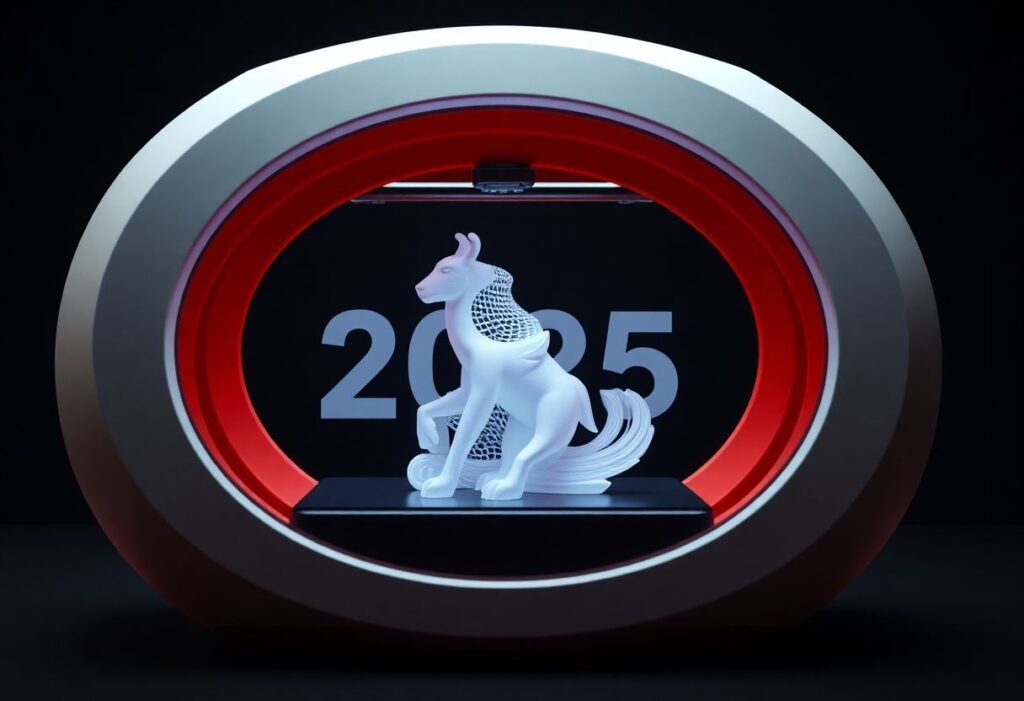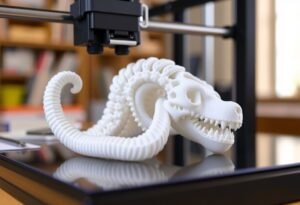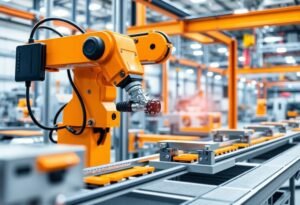The future of 3D printing is rapidly evolving, and its innovations are set to transform various industries by 2025. This technology has already begun reshaping the manufacturing landscape, leading to increased efficiency, sustainability, and customization. As we delve into the future of 3D printing, we will explore significant innovations, applications, and potential impacts that could redefine the relationship between product creation and consumer demands.
Revolutionizing Manufacturing Processes
The most prominent impact of 3D printing is its potential to revolutionize manufacturing processes. Traditional manufacturing often involves long lead times, high costs of materials, and significant waste. In contrast, 3D printing, or additive manufacturing, allows for the creation of products layer by layer, which minimizes material waste and reduces production time. By 2025, we expect to see further advancements in **materials technology**, enabling the use of recycled and biodegradable materials in 3D printers. This shift will not only cut costs but also lead to a more **sustainable** approach in production.
Global Supply Chain Transformation
The adoption of 3D printing technology is poised to alter global supply chains significantly. With the ability to produce parts and products on-demand and locally, companies can drastically reduce their dependence on international shipping and inventory costs. By using 3D printing, manufacturers can create complex components that would otherwise be overly expensive to transport. This localization of production also enhances **flexibility**, allowing businesses to respond quickly to changing market demands without the risk of overproduction or excess inventory.
Innovation in Medical Applications
Beyond traditional manufacturing, 3D printing is making remarkable strides in the medical field. Customized implants, prosthetics, and surgical tools crafted through 3D printing can be tailored to the specific anatomical needs of patients. This personalization improves patient outcomes and reduces recovery time significantly. Innovations such as bio-printing are on the horizon, where living tissues could be printed for transplants, further enhancing the medical landscape by 2025. Overall, these developments will lead to more **effective healthcare solutions** tailored to individual patients.
Architectural and Construction Advancements
In architecture and construction, 3D printing promises to alter how we approach building design and execution. The technology enables the **construction of complex structures** that are incredibly efficient and cost-effective. By 2025, we may witness entire buildings being constructed with 3D printing technologies, thereby minimizing labor costs and construction waste. Additionally, the ability to customize designs at such a granular level allows for innovative architectural solutions that can better meet the evolving needs of urban environments.
Consumer Products Innovation
The consumer products sector is also expected to see significant changes due to 3D printing advancements. From fashion to electronics, the possibility of mass customization allows consumers to become co-creators in the design process. Companies can utilize consumer data and preferences to create bespoke products, enhancing customer engagement and satisfaction. Furthermore, 3D printing will enable quicker prototyping, allowing businesses to test the market with innovative products without committing to large manufacturing runs. This capability streamlines the entire product lifecycle, offering a tremendous **competitive advantage**.
Challenges and Opportunities Ahead
Despite its promises, the future of 3D printing is not devoid of challenges. Intellectual property issues, material limitations, and regulatory concerns pose significant hurdles for widespread adoption. However, these challenges also present opportunities for innovation and collaboration among various stakeholders. By 2025, advancements in **software and regulation** will likely emerge, fostering a more inviting landscape for 3D printing in commercial applications. As industries adapt to these innovations, the demand for skilled professionals who understand 3D printing technologies will also rise.
In conclusion, the future of 3D printing by 2025 holds vast potential for innovation across different sectors. As technology continues to advance, it will reshape how we perceive manufacturing, healthcare, architecture, and consumer experiences. Businesses must embrace this evolution to maintain their competitive edge in the market.
Disclaimer: This content is intended for informational purposes only and does not constitute professional advice. For tailored solutions, please consult with an expert.





















